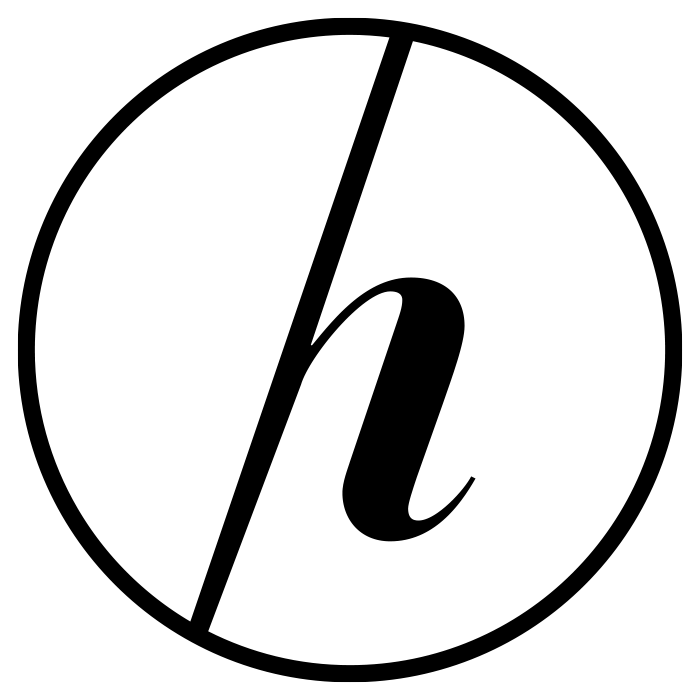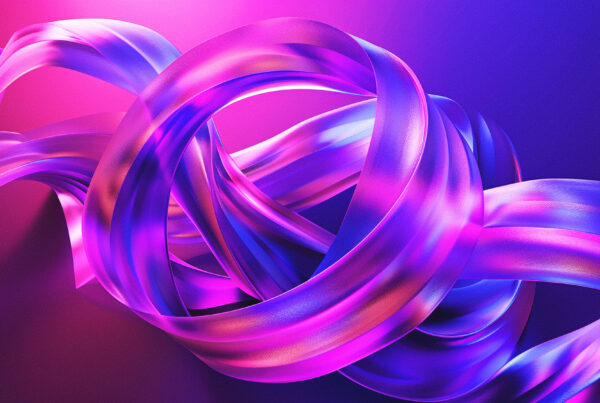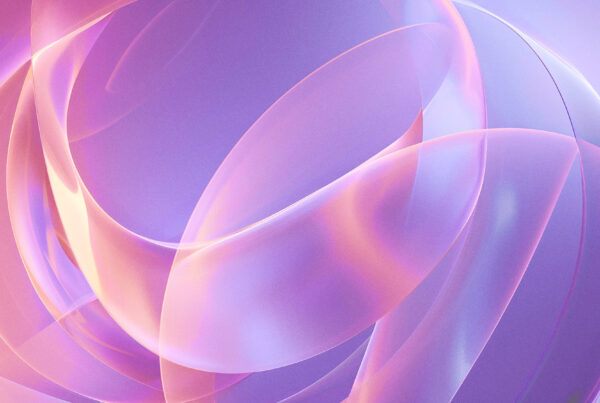In the fast-paced world of creative industries, team synergy isn’t just a nice-to-have—it’s a non-negotiable for delivering exceptional results. Yet, time and again, we see creative teams fall prey to a classic clash of personalities: the aesthetic visionary versus the technical perfectionist. Both bring essential skills to the table, but their differences can also be a source of friction. Understanding these stereotypes—and learning how to harness their strengths—can be the difference between a dysfunctional team and a creative powerhouse. Let’s break down these archetypes and explore how to help them thrive together.
Understanding the Two Main Creative Professional Stereotypes
In every creative department, you’ll find the “Creative Dreamer”—the professional whose mind overflows with fresh ideas, bold concepts, and a flair for visual storytelling. This individual is often known for their boundless imagination and ability to make anything look beautiful. However, the flip side is a tendency toward chaos: missed deadlines, scattered files, and a workflow that’s more jazz improv than symphonic masterpiece. Technical skills? Sometimes they’re up to par, but often, they lag behind the Dreamer’s visionary ambitions.
On the other end of the spectrum sits the “Technical Realist.” This professional thrives on structure, logic, and precision. Their work is polished and consistent, thanks to a deep mastery of tools and workflows. They’re the ones who never miss a deadline and can troubleshoot a software issue in their sleep. Yet, their output can lack that spark—the unexpected twist or emotional punch that elevates good work to great. Their creativity is often constrained by rules and best practices, leading to solutions that are functional but uninspired.
The tension between these two archetypes is as old as the creative professions themselves. When left unchecked, it can breed resentment and inefficiency: Dreamers accuse Realists of stifling innovation, while Realists see Dreamers as unreliable and impractical. But here’s the truth—both are indispensable, and understanding their differences is the first step to unlocking their collective potential.
Key Strengths and Ideal Roles for Each Stereotype
The Creative Dreamer’s greatest strength is, unsurprisingly, their creativity. They’re natural ideators, able to visualize concepts that others can’t even imagine. You want them leading the charge during brainstorming sessions, mood board development, and early-stage conceptual design. Roles like art director, visual designer, brand strategist, or copywriter (especially in campaign ideation) are often perfect fits. Their ability to craft compelling narratives and eye-catching visuals can set the tone for entire projects.
Meanwhile, the Technical Realist excels in the details. Their mastery of tools, processes, and technical requirements ensures that the Dreamer’s big ideas actually make it across the finish line. They shine as production designers, UX/UI developers, video editors, and project managers—anywhere the work requires precision, consistency, and technical know-how. They’re the glue that holds the project together, ensuring that standards are met and deliverables are bulletproof.
The real magic happens when these stereotypes are cast in complementary roles. Dreamers push boundaries and inject originality, while Realists provide the structure and expertise to bring those visions to life. Recognizing these strengths—and assigning roles accordingly—can transform creative tension into creative synergy. In my experience, the most successful teams don’t try to change these archetypes; they empower them to do what they do best.
Strategies to Foster Better Collaboration Between Stereotypes
So, how do you get the Dreamer and the Realist to play nice? Start with mutual respect. Too often, these professionals speak different “languages,” leading to miscommunication and frustration. Leaders must set the tone: celebrate the Dreamer’s originality and the Realist’s reliability in equal measure. Regularly highlight how both contributions are critical to the team’s success, and you’ll create an environment where differences are valued, not resented.
Next, implement clear processes that harness both strengths. For example, let Dreamers take the lead in the ideation phase, unencumbered by technical constraints. Once a direction is chosen, hand the reins to the Realists to develop workflows, timelines, and technical specs. Encourage regular check-ins, so Dreamers can provide creative input during execution and Realists can flag technical red flags early. Tools like collaborative briefs, visual prototypes, and feedback loops are invaluable here.
Finally, invest in cross-training and empathy-building. Encourage Dreamers to upskill in technical areas—a little technical literacy goes a long way in making their ideas more executable. Likewise, expose Realists to design thinking and creative exercises, helping them appreciate the value of risk-taking and experimentation. When both sides understand and respect what the other brings, collaboration ceases to be a battleground and becomes a launchpad for innovation.
At the end of the day, the most dynamic creative teams aren’t made up of clones—they’re built from a mosaic of talents, perspectives, and personalities. By recognizing the unique strengths of both the Creative Dreamer and the Technical Realist, and by fostering an environment where they can work together seamlessly, you’ll unlock a level of creativity—and productivity—that neither could achieve alone. The future of creative work belongs to those who can bridge the gap between vision and execution. Don’t force your team to pick sides; instead, teach them to build the bridge together.





